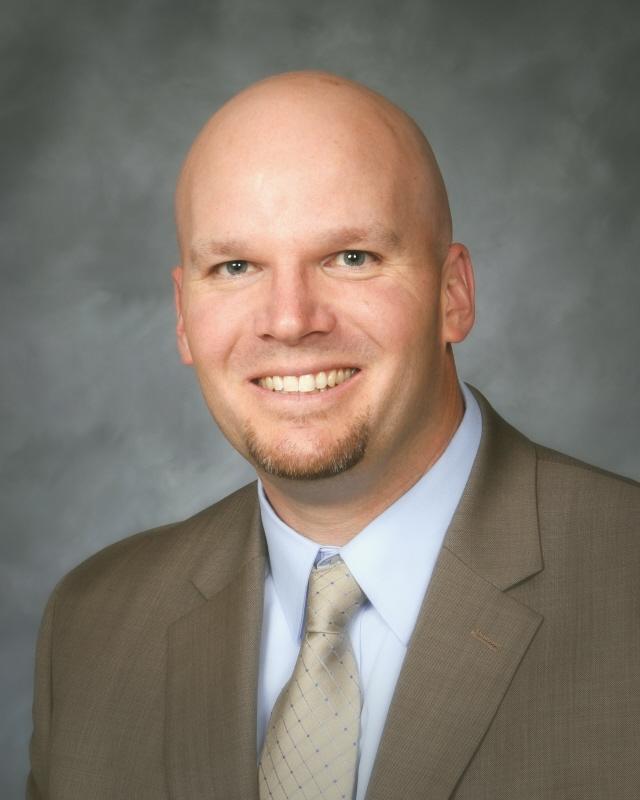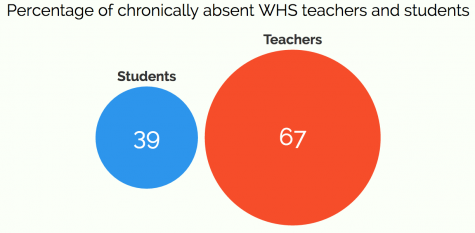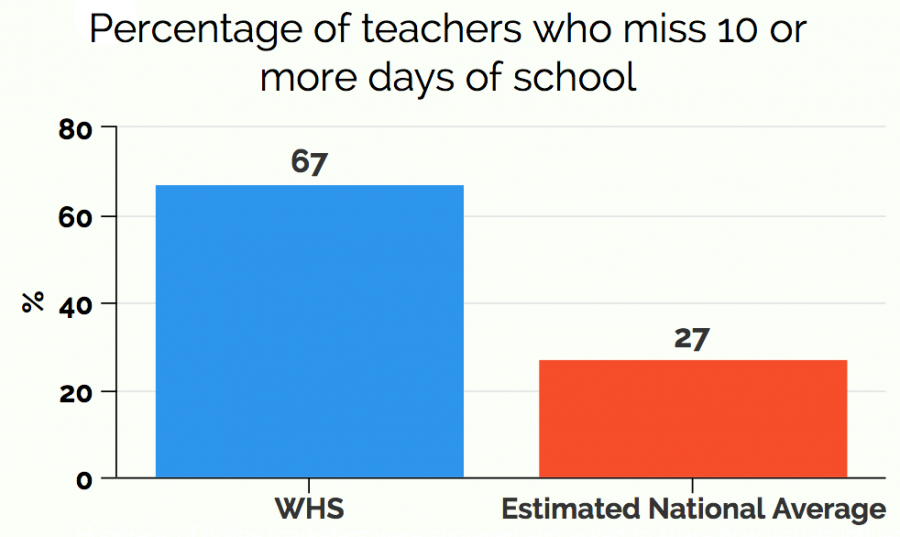Compiled by Moses Lurbur
WHS teacher absences outpace national average
January 20, 2017
Wenatchee High School teachers are absent at a rate more than double the national average, according to an investigation by The Apple Leaf.
Chronically absent. The term has different meanings for students and teachers. According to the U.S. Education Department’s Office for Civil Rights, to be a student classified as “chronically absent,” they must miss 10 percent of the school year, or 18 days. On the other hand, for a teacher to receive this distinction they must miss 5.6 percent, or 10 days.

According to a U.S. Education Department study, 27 percent of U.S. teachers are out of school for more than 10 days of class based on self-reported numbers from the nation’s school districts. Data from the 2015-2016 school year reveals 67.6 percent of WHS teachers missed more that 10 days of school.
“I think any time we are talking about attendance it’s complex, there’s a lot of things that go into it,” Principal Eric Anderson said. “Obviously we have a number of teachers who come out on some pretty major sick leave issues whether that be family issues or not. I think when I look at this… I see us trying to manage those a little better.”
Anderson said the school has taken steps to alleviate the situation, encouraging teachers to exercise and take walks during lunch in hopes of reducing absences.
The Data
An examination of the Wenatchee School District Teacher’s Agreement, Section 7B, page 48, reveals that “At the beginning of each school year, each full time employee shall be credited with 12 days of illness, injury, and emergency leave.”
There are four main categories for absences: emergency leave, personal leave, school business, and sick leave. Below is a look at each area, with sick leave and school business reflecting the highest absence rates:

School Business: This includes any trainings, field trips, and conferences or workshops that are school related, according to the school district’s Aesop absence management system.
In the 2015-2016, 105 teachers missed days classified as school business. Roughly one in five teachers (21 percent) — 23 teachers in all — missed 10 or more days while away on school business. Another 45 teachers, or 41 percent, missed between five and 10 days.
Sick Leave: All the following categories are included in reference to sick leave congruent with the teacher contract: personal illness and injury, maternity, family illness, and emergency leave.
In the 2015-2016, 96 teachers missed days classified as sick leave. Nearly one in five teachers (18 percent), 20 total, missed 10 or more days due to sickness. Another 39 teachers, or 35 percent, missed between five and 10 days.
Personal Leave: The teacher contract says that employees are entitled to two days of fully paid personal leave each year.
In the 2015-2016, 86 teachers missed days classified as personal leave.
Emergency Leave: The District shall grant sick leave to employees in the event the employee has an emergency, defined as a problem that has suddenly precipitated or is unplanned.
In the 2015-2016 school year, 16 WHS teachers missed days classified as emergency leave.

For English teacher and Speech and Debate Coach Dave Carlson, it’s easy to see how teachers could miss 10 days and more within these categories.
“I’m a debate coach, so that pulls me out at least 10 days a year just for that, there’s sickness, there’s conferences that we have to attend, so, I think on average with all the obligations that we have… most teachers have pretty legitimate reasons to miss,” Carlson said.
Educational Impact
The discussion on absences in schools is usually focused on the students, however, there has been growing interest in how the absence of teachers impact the quality of education.
The National Bureau of Economic Research has found that when teachers are absent for at least 10 days, there is a “significant decrease in student outcomes.” This decrease is equivalent to the discrepancy between being taught by someone with no classroom experience versus one to three years the study furthers.
When teachers have to be gone their duties usually fall on substitutes, which often is difficult for both the students and teachers upon their return.
“We have a pretty limited substitute pool, and that eats up a lot of days where what’s happening with the sub may or may not be what I need them to do,” Carlson said. “To me, that’s the most frustrating part, trusting that that person is going to get accomplished what they need at a level that the kids will actually learn something.”
Math teacher Diane Owen expressed similar concerns, especially for her AP classes which have a more rigid schedule than most classes.

“Math teachers will miss four days of school just for school business so I can see why we might have higher [absences]. It’s very difficult for calculus students to find a sub that can do calculus. So for me, I have to especially plan those days that I’m going to be gone so that I don’t lose days,” Owen said.
One study that highlights the impact of teacher absenteeism and the direct correlation to test scores was conducted by International Journal of Humanities and Social Science between 2009-2012. The study explains its purpose was “to determine the effect that teacher absenteeism has on student achievement in grades 3-6 in a selected school in Montgomery, Alabama.”
The results of the study compared the SAT 10 score of third-, fourth- and fifth-graders in reading and mathematics. The findings indicate that “teacher absenteeism can be detrimental to student’s education and levels of individual attainment.” Data revealed that “the higher the teacher’s absence, the lower the student’s achievement in reading and math became.”
As a recommendation based off of the findings, Sidney L. Brown PhD from the University of Alabama, said, “Teachers should reduce their absence to no more than 10 days a school year in order for student’s to be effective and proficiency level in reading and math to be above 70 percent.”

